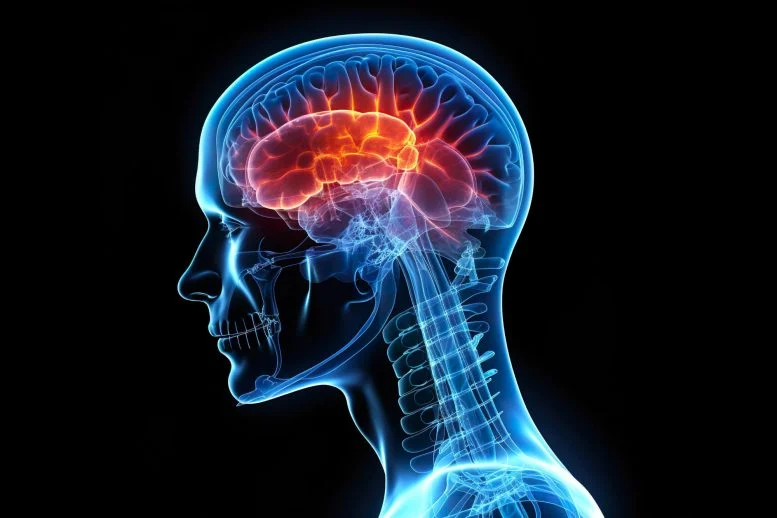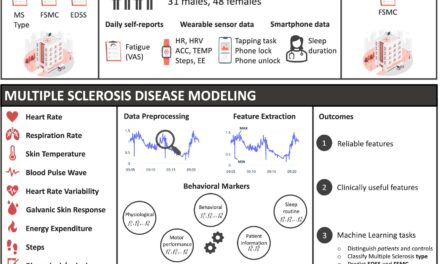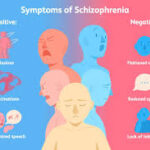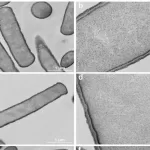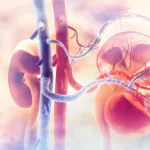In a groundbreaking study conducted by scientists in Birmingham, a novel infrared light therapy method has shown the potential to significantly accelerate recovery from mild traumatic brain injury (mTBI). The findings, recently published in Bioengineering & Translational Medicine, provide new hope for patients suffering from mTBI by reducing inflammation and preventing cell death, both critical factors in brain injury recovery.
Transcranial Light Therapy: A Novel Approach
The research team at the University of Birmingham, led by Professor Zubair Ahmed and Professor Will Palin, developed a technique that delivers near-infrared light through the skull to stimulate tissue repair in the brain. This non-invasive therapy, known as transcranial light therapy, targets secondary damage caused by the body’s inflammatory response to head injury. Secondary brain damage, which occurs minutes to hours after the initial trauma, can worsen the patient’s condition and prolong recovery.
“This is an area of medicine that currently lacks effective treatment options,” said Professor Ahmed. “Our study shows that infrared light therapy can enhance the healing process, potentially improving outcomes for patients suffering from brain or spinal cord injuries.”
The research was supported by a multidisciplinary team, including Dr. Mohammed Hadis, Mr. Andrew Stevens, and Mr. David Davies, and was funded by the Medical Research Council.
Study Highlights: Near-Infrared Light Therapy’s Effectiveness
In the study, two specific wavelengths of near-infrared light (660 nm and 810 nm) were used to treat brain injuries in preclinical models. Daily two-minute bursts of light were administered for three days following the injury, with remarkable results. The therapy led to significant reductions in the activation of astrocytes and microglial cells—both of which contribute to inflammation—and also decreased biochemical markers of apoptosis, the process of programmed cell death.
Four weeks after treatment, the subjects demonstrated substantial improvements in balance and cognitive function, with light at 810 nm yielding the most promising outcomes. These results were significantly better than those observed in control groups that did not receive the therapy.
The success of the study builds on previous research by the same team, which showed that near-infrared light can improve nerve cell survival and stimulate nerve regeneration in spinal cord injuries.
Towards a Medical Device for mTBI Treatment
The researchers are now focused on developing the technology into a commercial medical device. “Our aim is to create a device that can be used in clinical settings to improve recovery from traumatic brain or spinal cord injuries,” explained Professor Ahmed.
The University of Birmingham has already patented the technology, and the team is actively seeking commercial partners to further develop and bring the device to market.
Future Implications
Traumatic brain injuries, particularly mild cases, are often difficult to treat due to the complexity of the brain’s response to trauma. Current treatments primarily focus on symptom management rather than directly targeting the underlying damage. The potential for infrared light therapy to reduce inflammation, prevent cell death, and enhance cognitive recovery could represent a major leap forward in the treatment of mTBI.
As the technology moves closer to becoming a viable treatment option, it could revolutionize the way traumatic brain injuries are managed, offering patients faster and more complete recoveries. The research team remains optimistic that this new therapy could become a cornerstone of future brain injury treatments.
For more information, see the full study: “Photobiomodulation improves functional recovery after mild traumatic brain injury” by Andrew R. Stevens, Mohammed Hadis, Abhinav Thareja, et al., published in Bioengineering & Translational Medicine, October 2024 (DOI: 10.1002/btm2.10727).

